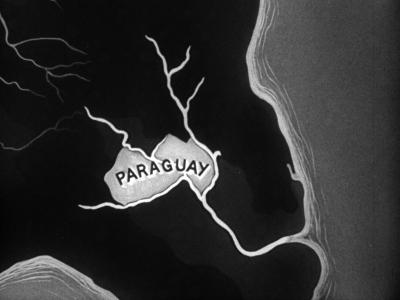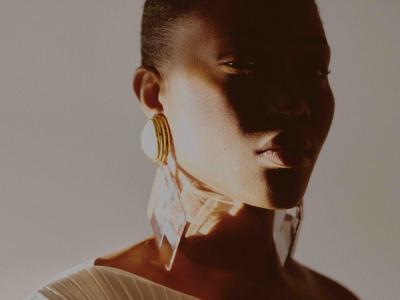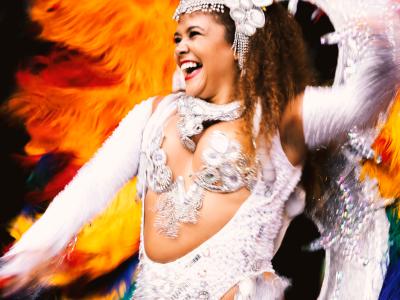Joining the lengthy queue outside, it did not seem like an immediately wise idea: I had shelled out £70 to spend a couple of hours perched on a few inches of cement watching livestock being slaughtered. However, I’d also had an excellent boozy tapas lunch with a wildly glamorous crowd and if they were going…
Once inside it was the clear that the handsome bullring was packed with a generally older crowd. There was a lot of anticipation for this—the last fight of the season and the world’s best fighter would be performing. The atmosphere was not dissimilar a Latin American version of corporate seats at Twickenham before an international, only with a lot more women and sherry.
Having belted out the national anthem, the freshly coiffured crowd returned to joking, blowing kisses to friends and arcing sherry into their mouths from suede gourds extravagantly held an arm’s length away. So far, so good.
The arrival of the bullfighters into the amphitheatre was greeted with cheers. There was no doubting their courage. Not many men can carry off pink stockings into embroidered bib, shoulder pads complete with hanging baubles, and ballet shoes. And do it with machismo.
The first bull, Divinio, was released. Huge, pitch black and furious; he belted around—goaded in his search for something to clatter.
The first matador stepped out with only a pink and yellow cape to protect himself. To cries of “Olé!”, he encouraged the bull to charge at him and be so close they would even brush against each other.
While the result of the fight may be forgone conclusion, the danger is real. The fighters really have balls—tights don’t allow a great deal of modesty—for some reason they all ostentatiously dress to the left. A wayward horn would spell disaster. Not to mention potential death.
Two “picadors” then rode the ring—the heavily padded horses with their eyes covered. To whistles of disapproval, one of them speared the bull between his shoulder blades.
Two more men entered the ring, carrying short, brightly decorated harpoons. Facing the bull, they eyeballed him, ran and attempted to pierce between the bull’s shoulder blades. One of them, El Gordo—the fat one—was roared with approval as he daintily jumped over the horns, hammered the harpoons home and then gymnastically vaulted the wall surrounding the ring, with his feet rising over his head.
All this was the introduction for the return of the bullfighter, now sporting red cape and sword. This was the time for bull and fighter to perform a peculiar stylized dance, with the fighter showing his control over a half-ton of aggressive—albeit weakened—bull.
The band broke into pasodobles and the crowd shouted encouragement for a good fight. I was in no position to judge the standard of the performance but there was no doubting the crowd’s infectious excitement.
Eventually, the fighter faced up to the tiring bull, holding the sword over his head, parallel to the sandy floor. The crowd fell deathly silent, the fighter would run at the bull, leap over the horns and attempt to sink his sword.
I asked the friend next to me how bull fighting was defined. Not as a sport but an art, he said. But is it art? I’ve been to Tate Britain, it seemed more complicated than that: it’s also living history, pantomime, Roman games and bloody slaughterhouse. It’s much more like the Saatchi Gallery.
The bulls’ black hide disguises blood, they make no noise and show no signs of pain or fear. Bloody sand is quickly removed. As such, the reality of the pain is minimized, making the event more palatable to view.
In some senses, the cruelty appears to be limited: a clean kill is congratulated. The crowd will quickly become angry if the fighter’s coup de grace fails. The result of great fight is not a dead bull, instead the crowd calls “Indulto!” If there’s enough clamour, the president of the event agrees and the bull sees out his days siring further animals for the ring.
The penultimate fight built to a crescendo with the crowd shouting “Ole!” and waving white scarves above their heads. The atmosphere built into something truly incredible as the kill approached.
And then silence.
The fighter soared, perfectly administered the coup de grace, the sword disappeared to the hilt. To a man, we—the roaring crowd—rose to our feet.
Adrenalin ripped round the arena. Everyone seemed to be waving a white scarf. Flowers, hats and cushions were thrown in the ring as the bull stumbled and collapsed.
This was it, the climax of the best fight of the season but I only felt an overwhelmingly wave of sadness.
One of my group at the fight was a regular. I asked him why he went so often. “To see one like that,” he replied.

















